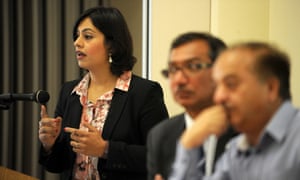By Brett Wessley
Brett Wessley is an officer in the U.S. Navy, currently assigned to U.S. Pacific Command. The contents of this paper reflect his own personal views and are not necessarily endorsed by U.S. Pacific Command, Department of the Navy or Department of Defense. Connect with him on Twitter @Brett_Wessley. Divergent Options’ content does not contain information of an official nature nor does the content represent the official position of any government, any organization, or any group.
Background: Information Warfare (IW) has increasingly gained prominence throughout defense circles, with both allied and adversarial militaries reforming and reorganizing IW doctrine across their force structures. Although not doctrinally defined by the U.S. Department of Defense (DoD), IW has been embraced with varying degrees by the individual branches of the U.S. armed forces[1]. For the purposes of this paper, the definition of IW is: the means of creating non-kinetic effects in the battlespace that disrupt, degrade, corrupt, or influence the ability of adversaries or potential adversaries to conduct military operations while protecting our own.
Significance: IW has been embraced by U.S. near-peer adversaries as a means of asymmetrically attacking U.S. military superiority. Russian Defense Minister Sergei Shoigu recently acknowledged the existence of “information warfare troops,” who conduct military exercises and real-world operations in Ukraine demonstrating the fusion of intelligence, offensive cyber operations, and information operations (IO)[2]. The People’s Republic of China has also reorganized its armed forces to operationalize IW, with the newly created People’s Liberation Army Strategic Support Force drawing from existing units to combine intelligence, cyber electronic warfare (EW), IO and space forces into a single command[3].

















